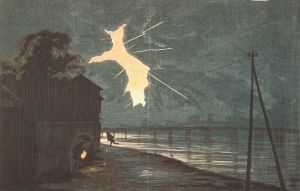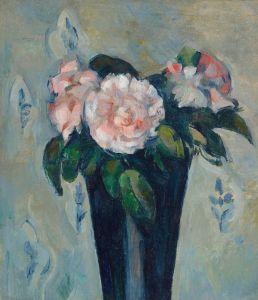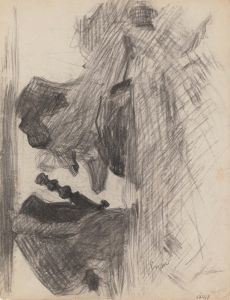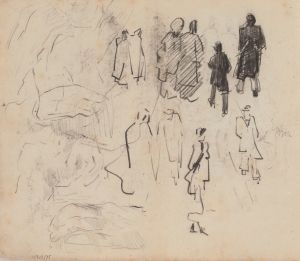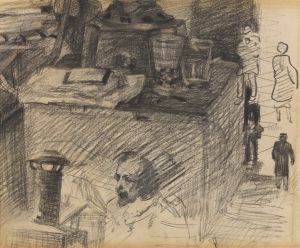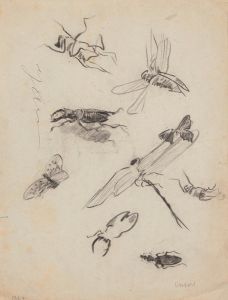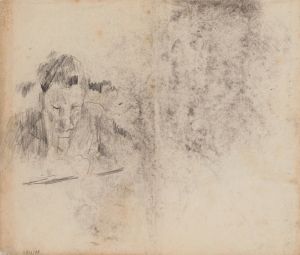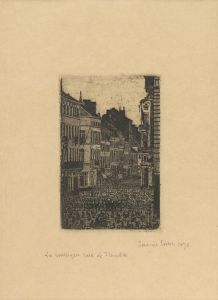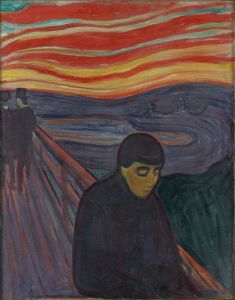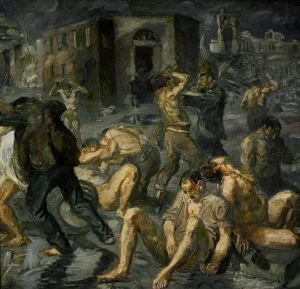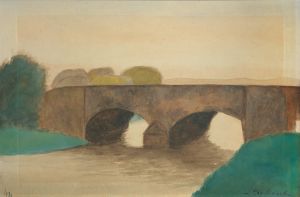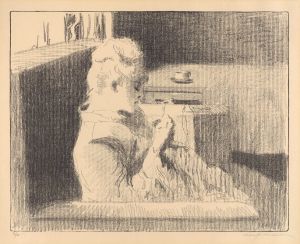
Het onweer
A hand-painted replica of James Ensor’s masterpiece Het onweer, meticulously crafted by professional artists to capture the true essence of the original. Each piece is created with museum-quality canvas and rare mineral pigments, carefully painted by experienced artists with delicate brushstrokes and rich, layered colors to perfectly recreate the texture of the original artwork. Unlike machine-printed reproductions, this hand-painted version brings the painting to life, infused with the artist’s emotions and skill in every stroke. Whether for personal collection or home decoration, it instantly elevates the artistic atmosphere of any space.
James Ensor, a prominent Belgian painter and printmaker, is known for his unique and often provocative style that blends elements of symbolism and expressionism. One of his notable works is "Het onweer" (translated as "The Thunderstorm"), which reflects his distinctive approach to art and his fascination with themes of nature and human emotion.
"Het onweer" was created during a period when Ensor was deeply engaged with exploring the dramatic and often chaotic aspects of the natural world. Although specific details about the painting's creation date and its current location are not widely documented, it is consistent with Ensor's broader body of work, which frequently features tumultuous skies and atmospheric conditions as metaphors for emotional and psychological states.
Ensor's work often includes a vivid use of color and dynamic compositions, and "Het onweer" is no exception. The painting likely captures the intensity and unpredictability of a thunderstorm, using swirling clouds and dramatic lighting to convey a sense of movement and tension. This approach is characteristic of Ensor's ability to infuse his landscapes with a sense of drama and narrative, inviting viewers to experience the emotional impact of the scene.
Throughout his career, Ensor was influenced by a variety of artistic movements and traditions, including Romanticism and Impressionism, but he developed a style that was uniquely his own. His work often features a blend of realism and fantasy, with a focus on the grotesque and the macabre. This is evident in many of his other famous works, such as "The Entry of Christ into Brussels in 1889" and "Skeletons Fighting Over a Hanged Man," which showcase his interest in themes of mortality and the absurd.
Ensor's fascination with storms and turbulent weather can be seen as a reflection of his own complex personality and the societal changes occurring during his lifetime. Born in 1860 in Ostend, Belgium, Ensor lived through a period of significant social and political upheaval, which may have influenced his artistic choices. His work often challenges conventional norms and explores the darker aspects of human nature, using natural phenomena as a backdrop for these explorations.
Despite facing criticism and controversy during his lifetime, Ensor's work has since been recognized for its innovative and influential qualities. He is now considered a precursor to modernist movements such as Expressionism and Surrealism, and his paintings continue to be studied and admired for their bold use of color, composition, and subject matter.
In summary, "Het onweer" by James Ensor exemplifies the artist's ability to capture the raw power and emotion of the natural world. Through his dynamic portrayal of a thunderstorm, Ensor invites viewers to contemplate the intersection of nature and human experience, a theme that resonates throughout his oeuvre. While specific details about the painting may be limited, its significance within Ensor's body of work and its reflection of his artistic vision remain clear.






